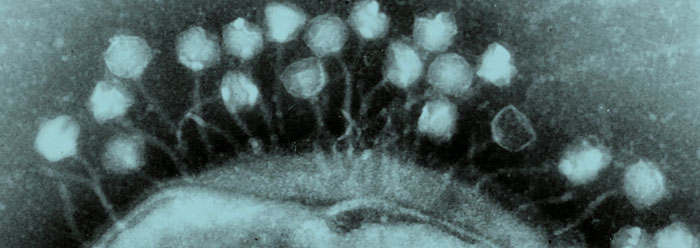Evolutionists have had a hard time imagining how mitochondria evolved. One theory is that these cellular powerhouses originated when bacteria invaded a primitive cell. A recent study deciphered the structure of a key mitochondrial enzyme, some features of which were described as providing "new insights" into this theory. The insights it actually provided, though, make an evolutionary origin even less likely.
A press release highlighting the enzyme discovery stated, "It is now generally accepted that mitochondria evolved from free-living bacteria that were engulfed by the progenitor of today's animal cells at an early stage in evolution."1
However, evolving mitochondria are not possible. These tiny cellular machines produce energy for the cell through clockwork-like machinery and interdependent networking. The cells would have died while waiting for just the right changes to retrofit a bacterium into an effective mitochondrion.2 Plus, retrofitting would have required an engineer, which naturalists are dogmatically unwilling to consider.
The newly described mitochondrial enzyme, an RNA polymerase, forms RNA molecules by reading and matching corresponding DNA sequences. This enzyme shared some features with the RNA polymerase found in certain viruses.
Because of these shared features, some scientists now suggest that right at the time when the cell supposedly engulfed its would-be mitochondrion bacterium, a virus attacked the cells. However, instead of causing any damage, the virus supposedly donated the DNA code for its RNA polymerase enzyme!
It was difficult enough to believe, without any observational precedent, that one bacterium could engulf another without killing it, that the engulfed bacterium would then immediately become an integral part of the host cell, and that nature somehow retrofitted the bacterium into a mitochondrion. But now readers are asked to believe—again with no observational support—that a virus donated the gene for an enzyme that was also immediately adopted by the imaginary cell-within-a-cell.
But that's not all. The gene was precisely and rapidly modified, all at the same time. What are the odds of that?
The researchers, publishing in Nature, explored the structural differences between the viral RNA polymerase and the human mitochondrial RNA polymerase enzymes. They found that the mitochondrial RNA polymerase required at least two additional proteins to "melt" DNA so that it could read the sequence. Apparently, the presence or absence of these partner proteins enables "mitochondrial gene regulation and the adaptation of mitochondrial function to changes in the environment."3
Though the study authors mentioned these concepts in their paper's abstract, they didn't explore them in the rest of their report. However, it is apparent that the mitochondrial RNA polymerase's methods of interacting with DNA are fine-tuned to the microscopic world of the cell's mitochondria, not to that of viruses. Insisting that such a fine-tuned machine arose by a chance viral infection and that the viral machine just happened to modify and integrate so perfectly as to activate mitochondrial machinery is too much to ask of nature.
But of course, fine-tuning molecules that enable life is not too much to ask a super-intelligent Being to accomplish. Indications are clearer than ever that God purposefully engineered the machinery of life.4
References
- Structure of a molecular copy machine. Ludwig-Maximilians-Universität München press release, September 26, 2011.
- Criswell, D. 2009. A Review of Mitoribosome Structure and Function Does not Support the Serial Endosymbiotic Theory. Answers Research Journal. 2 (1): 107-115.
- Ringel, R. et al. 2011. Structure of human mitochondrial RNA polymerase. Nature. 478 (7368): 269-273.
- Thomas, B. Study Demonstrates Complex Cells Could Not Evolve from Bacteria. ICR News. Posted on icr.org October 28, 2010, accessed October 18, 2011.
* Mr. Thomas is Science Writer at the Institute for Creation Research.
Article posted on October 21, 2011.

























